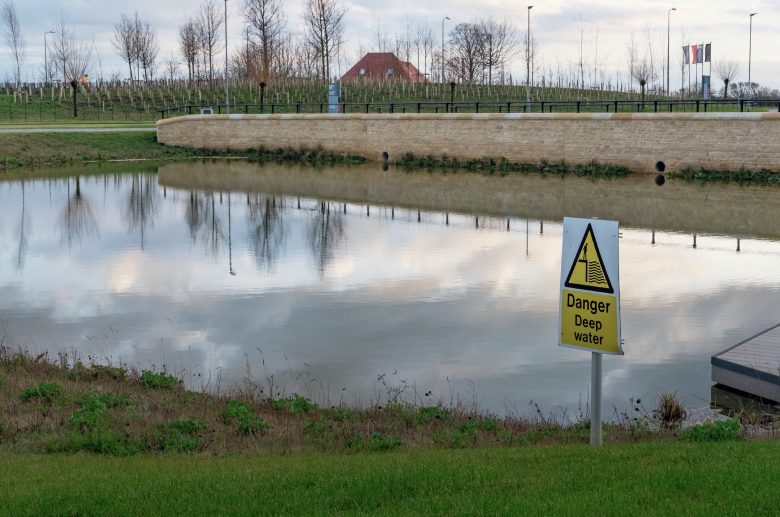
It is well established in the common law that a charge of involuntary manslaughter may be founded either on the unlawful act or the gross negligence of the defendant. In both cases the act of the defendant has resulted in death. There is a less common, but equally recognised, narrower category of involuntary manslaughter where death is caused through subjective recklessness of the defendant.
These types of homicide are differentiated from murder and voluntary manslaughter in that involuntary manslaughter is committed without malice aforethought. This offence falls somewhere between murder and accidental killing. This throws up the beginning of many problems with the law in this category: the uncertainty of the division between malice aforethought and manslaughter and that between involuntary manslaughter and accidental death.
Your organisation does not have access to this article.
Sign up today to give your students the edge they need to achieve their best grades with subject expertise
Subscribe




